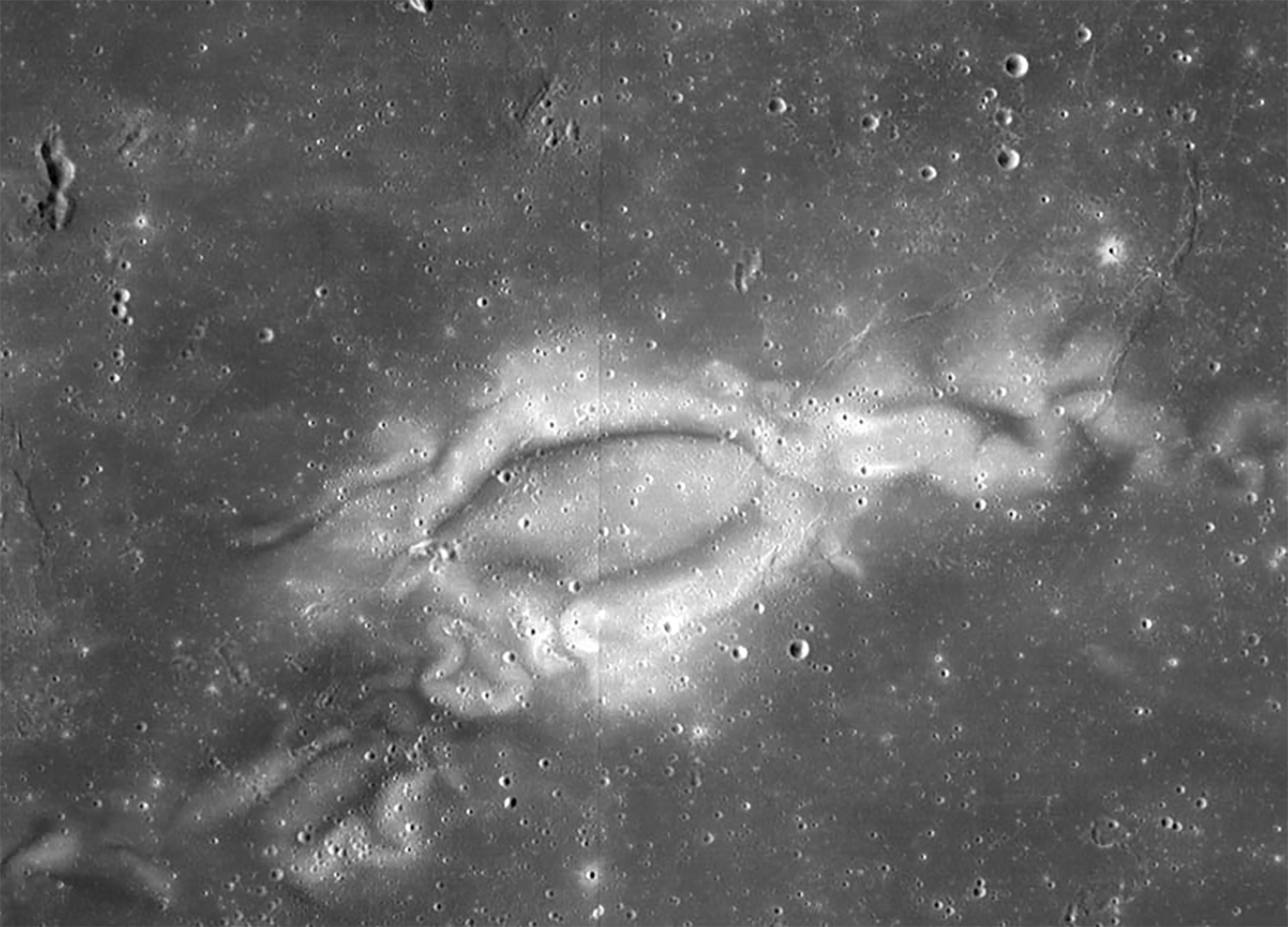Lunar swirls, strange, zigzag formations visible through a telescope on the moon’s surface, have intrigued scientists for decades. They look like brushstrokes in an abstract painting, but they’re much more. And recently, NASA data has revealed that they stretch for hundreds of kilometers, defying simple explanations.
New discoveries begin to unravel the mystery of lunar swirls. The magnetized rocks within these swirls play a crucial role, deflecting solar wind particles that constantly bombard the moon, while surrounding rocks darken over time due to chemical reactions caused by these collisions, leaving the swirls visible in a lighter color.
The big question is: How did these rocks become magnetized? The Moon doesn’t have an active magnetic field today, which makes this phenomenon even more intriguing. Some scientists think meteorite impacts might have done the work, but there are swirls that don’t quite fit that explanation.
Magma beneath the moon’s surface could explain swirls
In a recent article published in Journal of Geophysical ResearchMichael J. Krawczynski of the University of Washington suggests another theory: Lava underground may be slowly cooling in a magnetic field, creating these anomalies.
Experiments have shown that minerals such as ilmenite, which are common on the Moon, can generate magnetic fields under the right conditions. This suggests that magma beneath the Earth’s surface may hold the key to understanding these vortices.

Read more:
Discovering the origin of lunar swirls is more than just a scientific curiosity. It could reveal valuable information about how the Moon’s surface has shaped over time and help understand the history of the Moon’s magnetic field.
These findings could also have important applications for future missions to the Moon, such as NASA’s Lunar Vertex probe, which is planned to explore the lunar vortex known as Reiner Gamma in 2025.
Krawczynski and his team suggest that the formation of minerals through underground reactions could explain the magnetic anomalies observed in the vortices. This type of experimental research is essential to testing theories and predictions about how these lunar phenomena evolve.
Although there are still many unanswered questions, such as the details of the subtle interactions that occur beneath the Moon’s surface, these studies open new avenues for understanding not only the Moon, but other celestial bodies as well. The search for answers continues as scientists explore the mysteries of lunar vortices and their role in the universe.

“Hardcore beer fanatic. Falls down a lot. Professional coffee fan. Music ninja.”






More Stories
The law allows children and adolescents to visit parents in the hospital.
Scientists pave the way for the emergence of a new element in the periodic table | World and Science
Can dengue cause hair loss? Expert explains how the disease affects hair